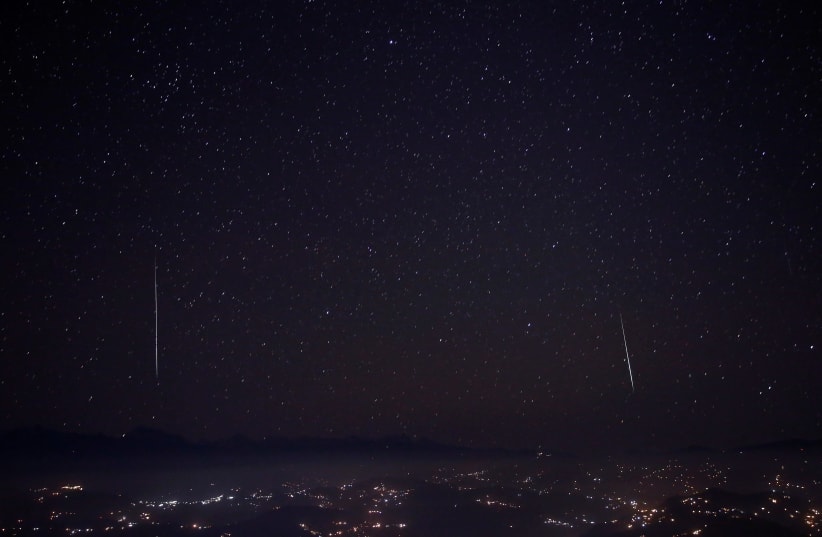Geminid meteor shower to light up sky over weekend, moon to dim show
Only 10-20 nights every year have showers reaching 20 meteors an hour, so the show is still worth braving the December chill, especially since the Geminids are often bright and intensely colored.
